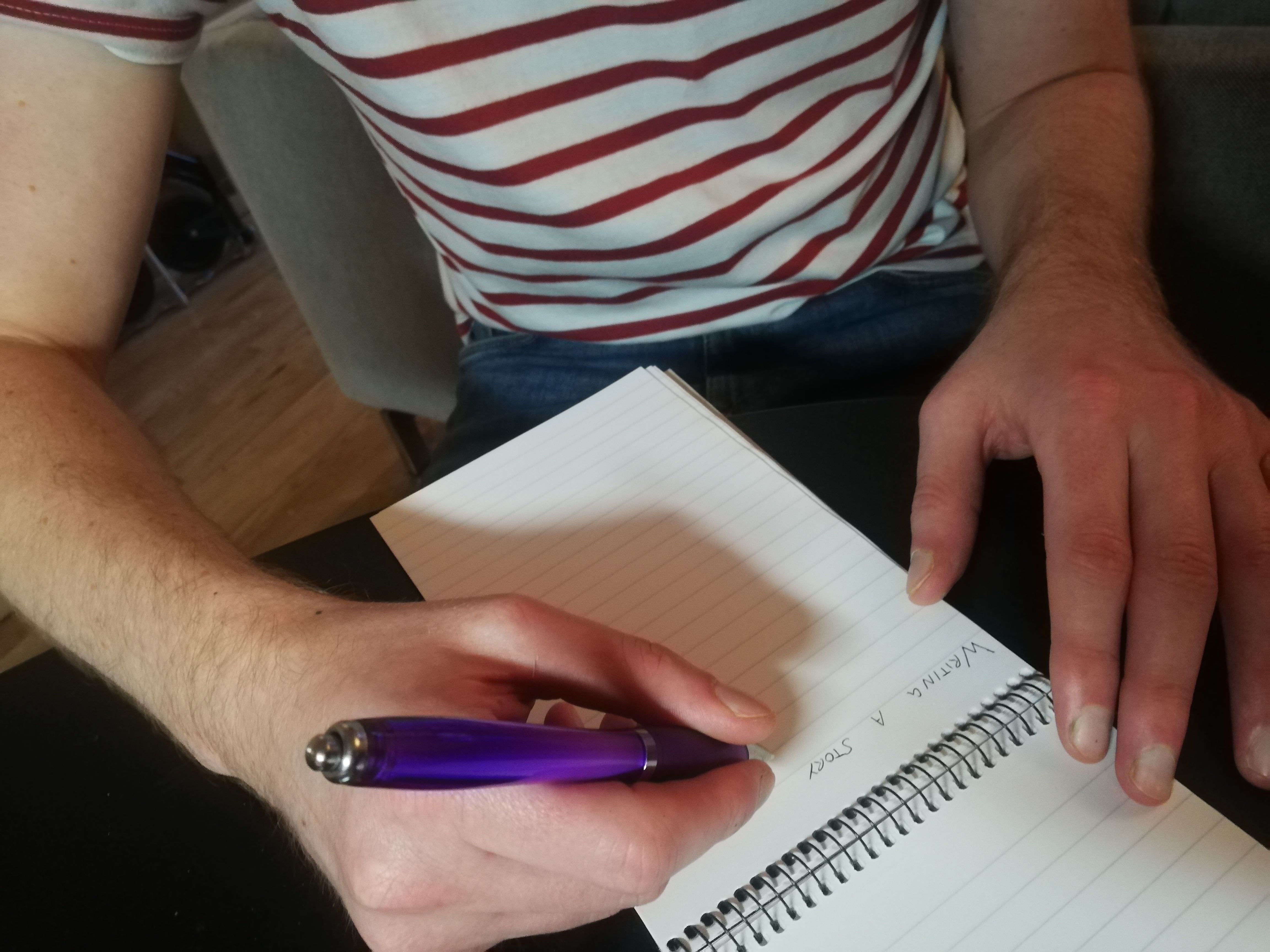Searching / applying for a job
To be considered for a position within The Wallich, you should complete an application via this careers website.
From 'Your Account', you can also sign up to job alerts. Choose the job categories and locations you would like to be informed upon and we'll contact you when relevant vacancies arise in the future.
You will be asked to attach a separate CV and Cover Letter document and submit this when you are happy with the information included.
Make sure you provide evidence for the essential criteria in the job description within these documents.
Use the cover letter to add more information which will benefit you in the shortlisting process.
How to structure your CV
Not knowing how to structure your CV is one of the most common problems jobseekers face.
First create a general CV which can be easily adapted for each employer, based on the job description. CVs should be tailored to each role you apply for.
Your CV should always include the following:
1. Contact detailsMake sure to use the phone number and email address that you use most often. You do not want to miss an opportunity by failing to respond to their invitation to an interview in time. | 2. Personal summaryThe first area at the top of your CV should be a short summary of your experience. It should include specific applicable experience in relation to the job advert, as opposed to general information. |
3. SkillsInclude a skills section to capture the reader's attention by making it clear what you can offer. Use a brief bullet point list of the skills and key strengths that you possess that are relevant to the role. For example, software packages you have worked with such as Microsoft Word, Excel or Salesforce. | 4. ExperienceList your work history with a short description. Put your most recent job first and work backwards. You could include relevant volunteer or work experience placements too. Talk about successes during your time there which showcase your skills and experience. |
Other considerations
Work backwards from your most recent job and do not leave any gaps (if you travelled, took a break or were out of work, say so)
Include training courses or professional / industry standard qualifications.
Include memberships to chartered institutes or relevant organisations.
List your highest qualifications by school / institution, course name and grade(s) achieved.
If you are a graduate without much experience, highlight the relevant skills that you gained in your course.
Cover Letter
Cover Letters add context to your CV and allow you to sell your skills and experience to potential employers.
What is a Cover Letter?
A cover letter is a document sent alongside your CV when applying for jobs. It acts as a personal introduction and helps to sell your application. A cover letter is necessary as it gives you the chance to explain to an employer why you are the best candidate for the job. You do this by highlighting relevant skills and experience; therefore, you should always write your cover letter with the position you are applying for in mind.
Cover letters should complement your CV but not duplicate it. The consensus among recruiters when it comes to the length of these documents is the shorter the better. Typically, three to five short paragraphs, cover letters should not exceed one A4 page.
Applications should always include a cover letter unless the job advert instructs you differently.
How to write a Cover Letter
Before writing your Cover Letter, it's important to do your research. While reading the job description thoroughly is essential, it is often not enough.
To help you craft a successful Cover Letter, try find out:
Who will be reading your application?
What The Wallich does and our culture
Relevant news about The Wallich or the homelessness sector
The organisation's competitors and how they differ
The organisation's values, mission and goals
When writing your Cover Letter - keep it brief, but emphasise your suitability for the job.
It can be broken down into the following sections:
First paragraph - Intro
The opening statement should set out why you are writing the letter. Begin by stating the position you are applying for, where you saw it advertised, why it interested you and when you are available to start.
Second paragraph - Meeting the job specification
Expand upon what's in your CV. Highlight relevant experience and demonstrate how your skills match the specific requirements of the job description.
You can find all of this in the person specification section of the job documents on all our adverts.
Summarise any additional strengths and explain how these could benefit the organisation.
Third paragraph - Why you?
Cover why you are suitable for the job, what attracted you to this type of work, why you are interested in working for the company and what you can offer the organisation.
This is a good opportunity to show off your research and knowledge of the organisation.
Last paragraph - Things the employer should know
Use the closing paragraph to round up your letter.
Reiterate your interest in the role and indicate your desire for a personal interview. Now is the time to mention any unavailable dates.
If you have any access requirements, reasonable adjustments or considerations which the employer should know to get the best interview out of you, do so here.
What happens after you've applied?
Following the closing date, your application will be sent to the relevant recruiting managers who will complete the shortlisting.
Your application will be scored with specific focus on your evidence used to support the criteria in the person profile.
You will be notified via email of the outcome of this shortlisting process and whether you will be moving on to the next stage.

